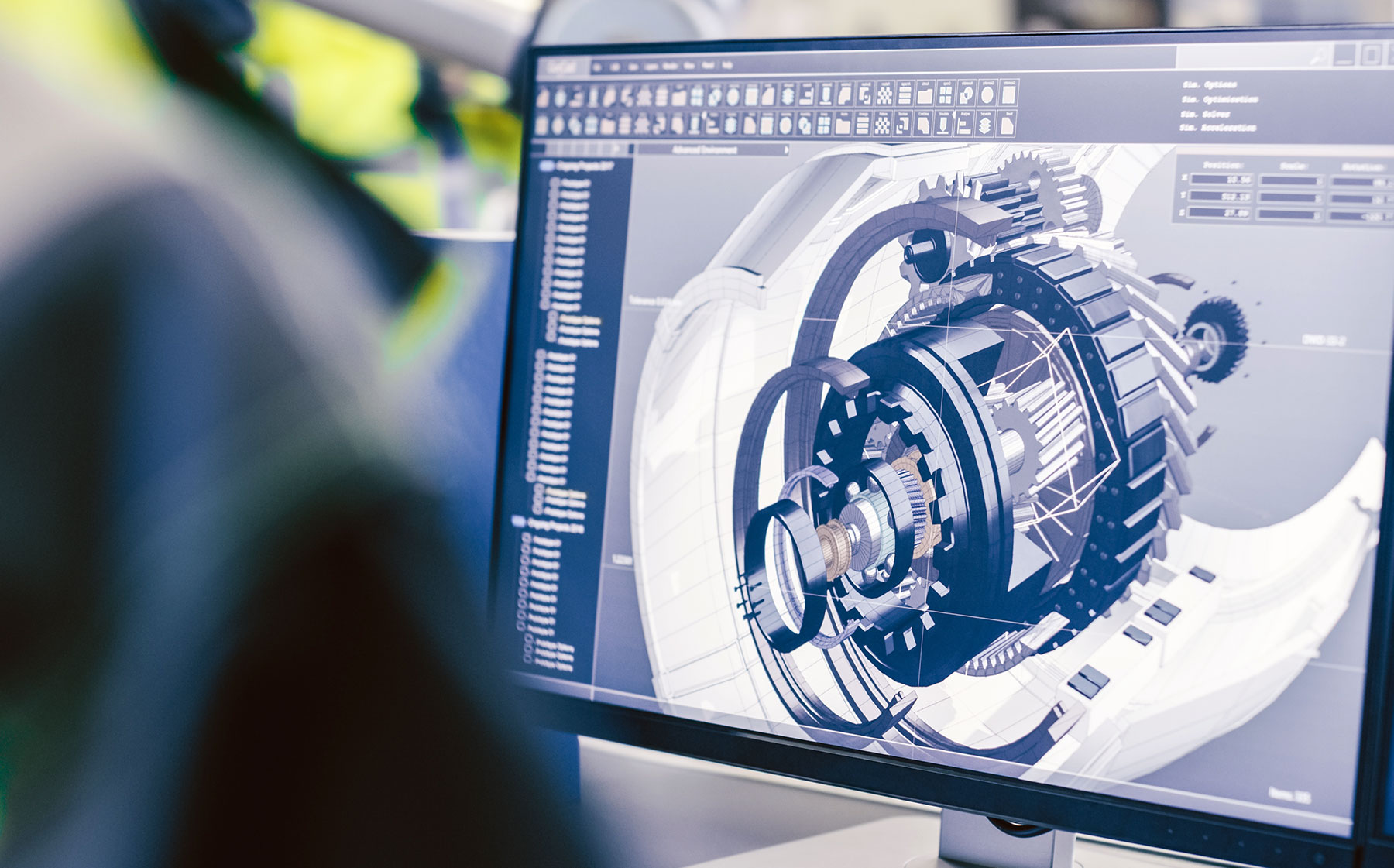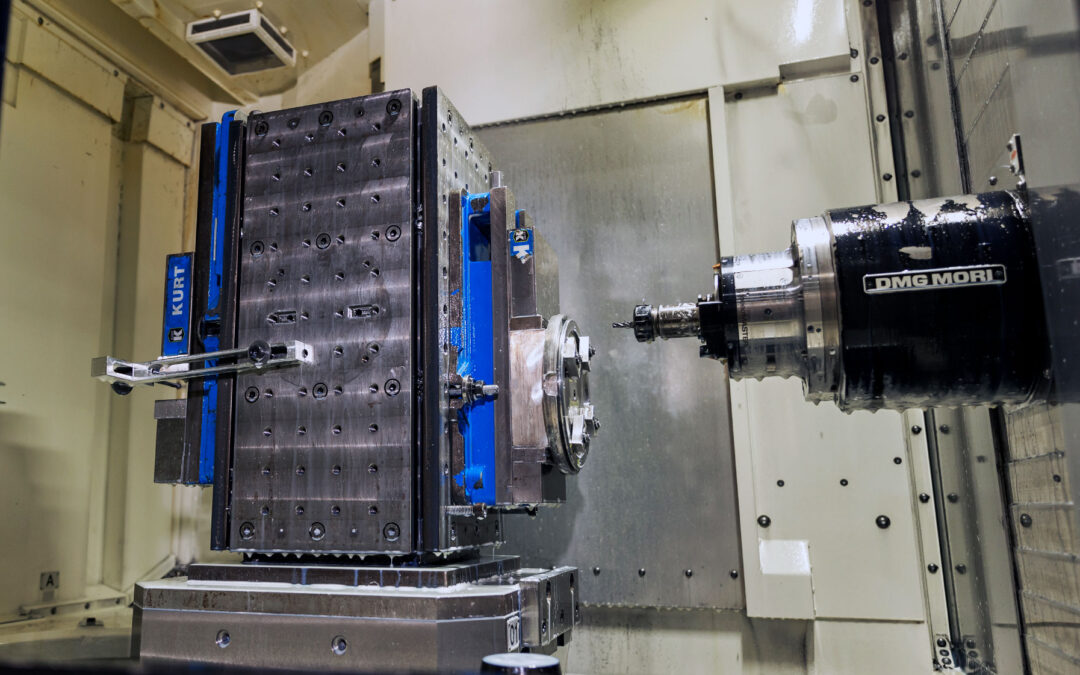If you’re anything like us at Hill Manufacturing and Fabrication, you know that a great design needs to be manufacturable in a cost effective way while preserving functionality, durability, and quality. That’s why we wanted to take a moment to share our thoughts about the magical world of Design for Manufacturability (DFM) for CNC machined parts. Think of DFM as that secret sauce that turns a good design into a great one, saving you time, money, and a whole lot of headaches.
Why DFM Matters
Designing parts that look impressive on paper is one thing. But when it comes time to translate those drawings into physical, install-ready components, even the smallest oversight can lead to increased production costs and needless timeline delays. By embracing DFM principles early in the design process, you can pinpoint potential manufacturing issues, simplify production with your external vendors (like us at Hill!), and ultimately, experience a smoother, faster path from part-design to part-installation. In short, DFM isn’t just a nice-to-have—it’s a must-have for any design engineer serious about the efficiency and cost optimization of their project.

Top Tips for CNC Machined Parts
Here are a few tips that can help you master the art of DFM for CNC machined components and the assemblies they mate with:
Keep It Simple, Smarty-Pants:
Complexity might look cool in a CAD model (and in real life!), but excessive detail can lead to extra machining steps, higher costs, and longer lead times. Aim for a clean, simple design that meets your functional requirements without over-engineering. Remember: sometimes less is more—especially when less equals fewer problems later on.
Mind Your Tolerances:
We get it—tight tolerances can be exciting! but they aren’t always necessary. Overly stringent tolerances can ramp up production costs and complicate machining. Instead, determine the tolerance needed for your part’s function and stick to it. Your wallet (and your vendor) will thank you for not asking for the moon. That being said, tight tolerances are often necessary for part function. In these cases, pay close attention to the tolerance range between mating parts. Especially when coatings are involved. If a bore diameter is machined to the lower limit of the tolerance range, and the mating shaft diameter is machined at the upper limit before receiving a coating – you may end up with an interference fit where you didn’t want one. Always allocate tolerances accordingly, and where possible – have the same shop manufacture the mating components so that they can confirm fit before shipping the parts back to you. Understanding the design context of mating parts is super important for your vendors to know.
Favor Standard-Sized Features:
Incorporate standard geometries whenever possible. Custom-sized features might seem unique, but they often require special tooling and extra machining processes, which in turn can lead to delays and higher costs. Stick with standard holes, threads, radii, fillets, and chamfer angles unless there’s a real need for something special.
Think About Material Machineability:
Always consider the material you choose and how it behaves during the machining process. Within the world of engineering plastics for example, certain materials are easier to machine and hold tolerances than others. This is true of standard metals and exotic alloys as well. Different materials react differently to the CNC machining process which affects cycle time, quality, and overall part cost. Double-check with your vendor—or consult a DFM service like Hill Manufacturing—to ensure that your chosen material is best suited for both part function and machineability.
Plan for Assembly and Finishing:
An optimized design isn’t just about the machining process; it’s also about how the part integrates with the final assembly. Factor in any necessary post-machining processes like deburring, heat treatment, coatings, and assembly. A good design anticipates the entire manufacturing process, ensuring that every piece comes out ready to be installed without any extra fuss.
DFM Consultation With Hill Manufacturing and Fabrication
At Hill Manufacturing and Fabrication, we’re proud to offer Design for Manufacturability Consultation as a core part of our process. We don’t just machine your parts—we partner with you from the early design stages to ensure your parts are optimized for production and install-ready when you receive them. By optimizing part design for manufacturability, we can accelerate our delivery timelines so that you have ready-to-go parts in-hand sooner. Our experts can help identify potential pitfalls, recommend design tweaks, and ensure that your parts not only look good on paper but perform flawlessly in the real world. Think of us as your behind-the-scenes ally, guiding you through the labyrinth of CNC machining challenges so that you can focus on bringing your projects across the finish line..
A Final Thought
Embracing DFM might seem like extra work up front, but trust us—you’ll save precious time and avoid needless frustration in the long run. So, give your design the best chance at success, cut down on unnecessary expenses, and avoid those pesky production delays that can turn your project into a punchline. At Hill Manufacturing, we’re here to ensure that your designs are as efficient and cost-effective as possible, making your life a whole lot easier.
So, next time you’re designing that next big part, remember these tips and consider reaching out for our DFM consulting services. After all, a great design is just the beginning of an even greater product journey. We’re always excited to explore the intersection of design excellence and manufacturing efficiency—together, we can make every part a masterpiece.
Happy designing and machining!

